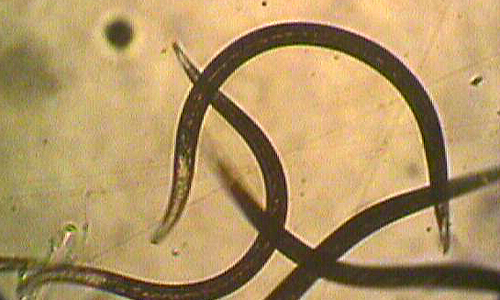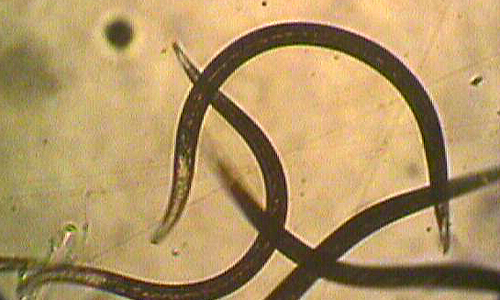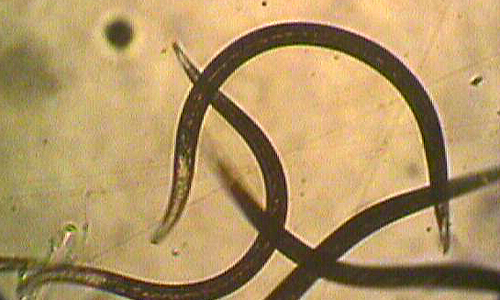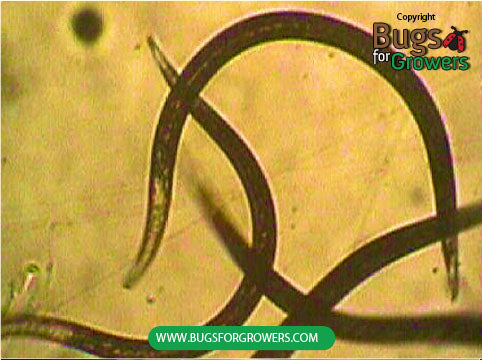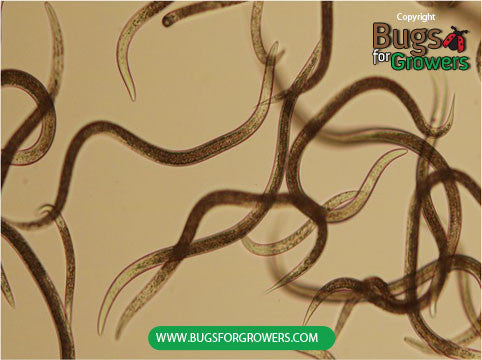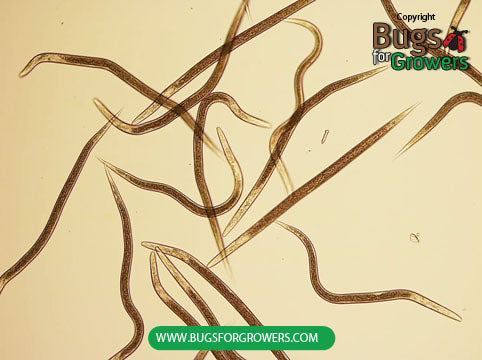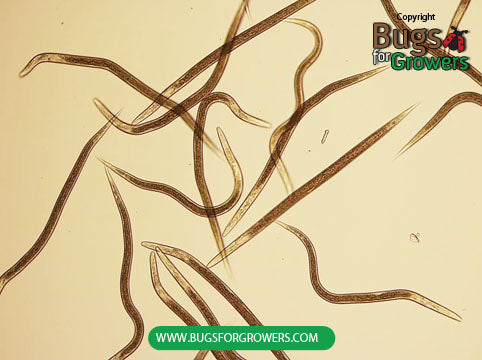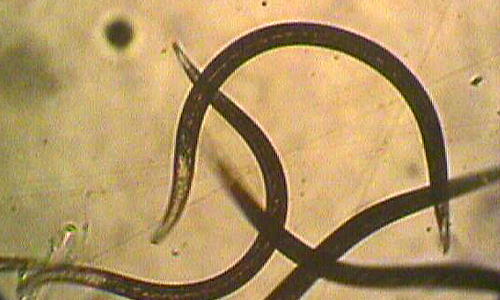Crane Fly
Damage caused by the Crane Fly
All the larval stages of crane fly are generally feed on grass roots, crowns and leaves. Crane fly larvae continue feeding and developing through the winter and the spring. Heavily infested grasses with crane fly larvae shows typical symptoms of yellowing and dying patches of grass.
Facts (show all)
- Common names
-
- The Crane Fly
- Scientific name
-
- Tipula paludosa
- Identification
-
Adults: Crane fly adults look like large mosquitoes with very long legs
Eggs: Eggs are about 1 mm long, black in color and oval in shape.
Larvae/Caterpillars: Larvae are gray brown in color, legless and because of their thick skin, they are called as “leather-jackets”.
Pupae: Pupae of crane flies are brown in color and about an inch long.
- Biology
-
Crane fly adults generally emerge from soil during late August/September and remain active throughout October. These adults then mate and females lay eggs on the soil surface near to the host plants. These eggs hatch within 10- 15 into small larvae that develop through four developmental stages (instars) by feeding turf roots, crowns and leaves. Crane flies overwinter as larvae without feeding on the hosts. These larvae will then continue feeding and developing through the spring. Mature larvae then pupate in the soil and adult flies will emerge from pupae within a week and life cycle continues.
- Organic Control of the Crane Fly
-
- Following beneficial bugs and plant products are used for organic control of the Crane Fly
- Beneficial entomopathogenic nematodes
-
- Steinernema carpocapsae
- Steinernema feltiae
- Heterorhabditis bacteriophora
- Predatory praying mantis
-
- Tenodera aridifolia sinensis
- Stagmomantis crolina
- Plant Product
-
- Molt-X® - (Active ingredient – Azadirachtin a compound isolated from neem leaves)

